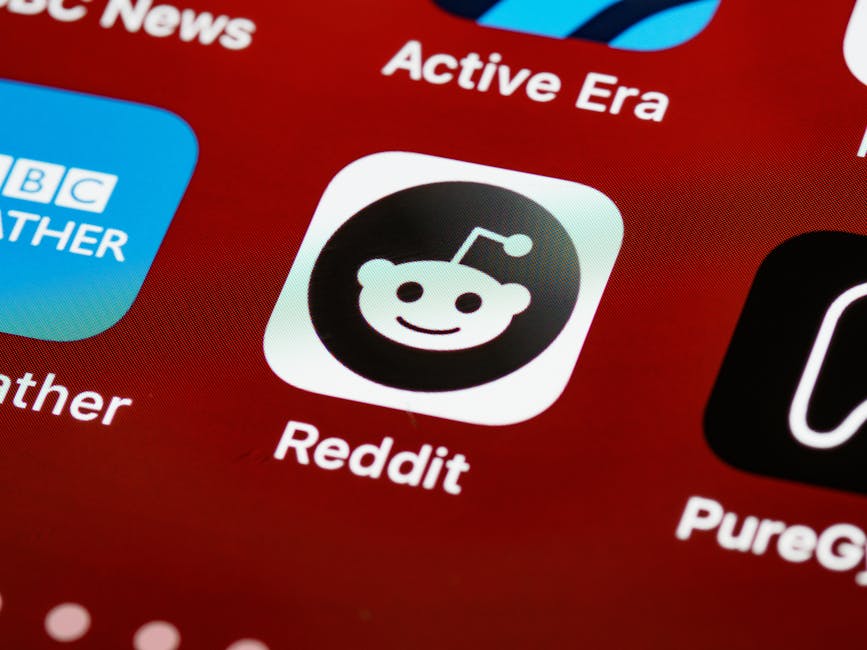So, 2025 is here, and you’re probably still wondering about email marketing. You know, getting people’s actual email addresses for your business stuff. It’s a tricky thing, it really is, what with all the noise out there. But honestly, it’s still one of the most direct, you might say, ways to talk right to your customers. Everyone talks about social media, which is fine, but email? That’s a different ballgame altogether. It’s like having a direct line, you know?
People think it’s all about buying lists, which, let’s be real, is generally a bad idea and can just lead to trouble. What you want is permission. Folks who actually want to hear from you. That’s the real trick, getting them to willingly sign up for whatever you’ve got cooking. And doing that without being weird or pushy. It’s a bit of an art, a little bit of science, all mixed up. So let’s get into how you can actually, legitimately, get those emails for your marketing efforts, moving forward into this new year. We’re talking about strategies that are not just effective, but also, you know, respectful of people’s inboxes.
Getting Folks to Hand Over Their Email Addresses, The Honest Way
The absolute best way to get email addresses, generally speaking, involves asking nicely. That’s right, plain old permission. This is foundational, you could say. It stops you from being seen as a spammer, and that’s something nobody wants. It’s what keeps your messages from just ending up in the junk folder, which is where good intentions go to die.
You gotta give people a reason to sign up. Just having a “subscribe” button isn’t normally gonna cut it anymore. Think about offering something of true use. A little free something that makes their day a bit better or helps them figure something out. We call these lead magnets, sort of.
These freebies could be a short guide, maybe a checklist, or even a little webinar recording. Anything that makes someone think, “Oh, yeah, I could actually use that right now.” It’s about exchanging something for their contact information, which is a fair trade in their mind. You’re giving them something good.
Sign-up forms, they need to be simple. Really, really simple. Asking for too much info upfront usually scares people away. Just an email address, maybe a first name if you want to be extra friendly. That’s normally plenty to get things started, you know. Make it easy for them.
Pop-up forms on your website, people have feelings about them. Some folks hate them, some don’t mind. But if they’re timed well, and they offer something truly good, they can actually work pretty well. Don’t let them be too annoying though. Nobody likes that.
Embed forms right into your blog posts or at the bottom of pages where it makes sense. If someone just read a great piece of content from you, they might be in the mood to get more of that good stuff. It is, generally speaking, a logical next step for them.
Making Your Website a Magnet for Email Sign-ups
Your website, it’s like your online home, right? And you want guests to leave their contact info. So, naturally, the content you put on your site plays a big part in all this. Good blog posts, helpful articles, useful tools – these things bring people in, for sure.
Once they’re there, reading your stuff, they’re kind of already warmed up to you. This is where you can offer more of your special content. Perhaps a deeper dive into a topic they are already showing an interest in. Or a template, like a budget tracker, or something practical like that.
These items, the ones they can get only by signing up, these are what we’re talking about when we say making your website work for you. It’s not just about pretty pictures; it’s about giving away something worthwhile. Something they feel a real want for.
The forms themselves, they should pop. Not in an annoying way, but they should be visible. Don’t hide them in the footer somewhere. Put them where people can easily see them. The design of your website is a big part of this, keeping things clean and easy to use.
Mobile aspects of your site, that’s a big deal now. A lot of people browse on their phones, and if your sign-up form is clunky on a small screen, they’re just going to give up. So, making sure your site looks good and works well on phones is really something to consider, and good Mobile app development Delaware can mean better user experiences, even if it’s just for forms on a webpage.
Think about special landing pages too. Pages built just for collecting emails for one specific offer. These pages, they get rid of all the extra distractions and just focus on getting that one job done. They can be pretty darn effective for that purpose, normally.
Social Media and Offline Methods for Growing Your List
Social media, it’s not just for sharing cat videos anymore. You can totally use it to gather email addresses, too. It’s a good place to reach a lot of people who might not even know about your website yet. Many platforms have options for direct sign-ups.
Running contests or giving things away on social media? That’s a classic strategy. “Enter to win this cool prize by giving us your email address.” It works, people normally like free stuff. Just make sure the prize is something your ideal customer would actually want. Otherwise, you’ll just get random sign-ups.
You can run ads on social platforms that lead directly to your sign-up page. These ads are usually pretty good at targeting just the right kind of person you’re looking for. It is usually a very direct path to list growth if done correctly, which is nice.
Don’t forget the real world either, if that’s part of your business. Events, workshops, maybe even just your brick-and-mortar store. Having a physical sign-up sheet, or a tablet with a form ready, is still a thing. People are often happy to sign up in person.
If you speak at events, or host them, you can always encourage attendees to join your list right there. Maybe offer them the slides from your presentation or a special thank-you. That can be a pretty natural way to get people on board, you know.
Networking events, even if it’s just grabbing a business card, you can follow up later. But be careful not to just add them to your list without asking. A polite email asking if they’d like to sign up is the right way to do it, truly.
Keeping Things Legit and Respectful with Data
Okay, so this part is a big deal, maybe the biggest deal. Whatever you do to get email addresses, you have to keep things above board. We’re talking about rules like GDPR and CCPA, which are just fancy names for privacy stuff. People care about their data, and rightly so.
Buying email lists? Don’t do it. Seriously, just don’t. Those lists are generally full of bad addresses, and the people on them didn’t ask to hear from you. You’ll get marked as spam, your emails won’t get delivered, and your reputation will take a hit. It’s just not worth the hassle, you know.
Transparency is your friend here. Tell people what they’re signing up for. “You’ll get our weekly newsletter about dog training tips!” Be clear about it. Don’t trick them into signing up for something totally different. Nobody likes to feel bamboozled, obviously.
Always make it super easy for people to unsubscribe. It sounds counterintuitive, I guess. But if someone wants to leave, let them. Forcing them to stay or making it hard just creates bad feelings. And those bad feelings, they can spread. A good unsubscribe process is actually a sign of respect.
Building trust, that’s what it all comes down to in the end. When people trust you, they’re more likely to share their email address. And they’re more likely to open your emails when you send them. This whole thing, it’s a long game, not a quick sprint, normally speaking.
The quality of your list, that’s way more important than how big it is. A small list of super interested people is going to be a lot better for your business than a huge list of folks who don’t really care. It’s a simple truth, but often forgotten in the scramble for numbers.
So, in the big picture of things, getting emails for marketing in 2025 is still about being smart, being honest, and providing real, genuine good stuff. It’s about building relationships, one email address at a time, you know. It’s not some kind of magic spell, it is mostly just good common sense.
Frequently Asked Questions about Obtaining Emails for Marketing
How can I make people actually want to give me their email address?
You need to offer them something good in return. Think free guides, checklists, or a special piece of info they can’t get anywhere else. It’s a bit of a trade, you see. They give you their email, you give them something useful.
Is it okay to buy email lists for my marketing needs?
No, definitely not. It’s generally a really bad idea. People on bought lists haven’t given you permission to email them, so your messages will often go to spam. It usually hurts your sender reputation more than it helps, leading to wasted effort.
What kind of content typically works best to get people to sign up?
Content that solves a problem for them or teaches them something new. How-to guides, templates, special reports about something they’re interested in. If it makes their life a little easier, they’re more likely to sign up for more.
Should I ask for a lot of information on my sign-up forms?
No, keep it simple. Usually, just an email address is plenty to start with. Asking for too much, like their full name, company, and phone number, can make people hesitant. Less is more when you are first getting their attention.
How do I make sure I’m being respectful of people’s privacy when getting emails?
Always be clear about what they’re signing up for and how you’ll use their email. Make it super easy for them to unsubscribe if they change their mind. Following privacy rules like GDPR shows you care about their choices.




